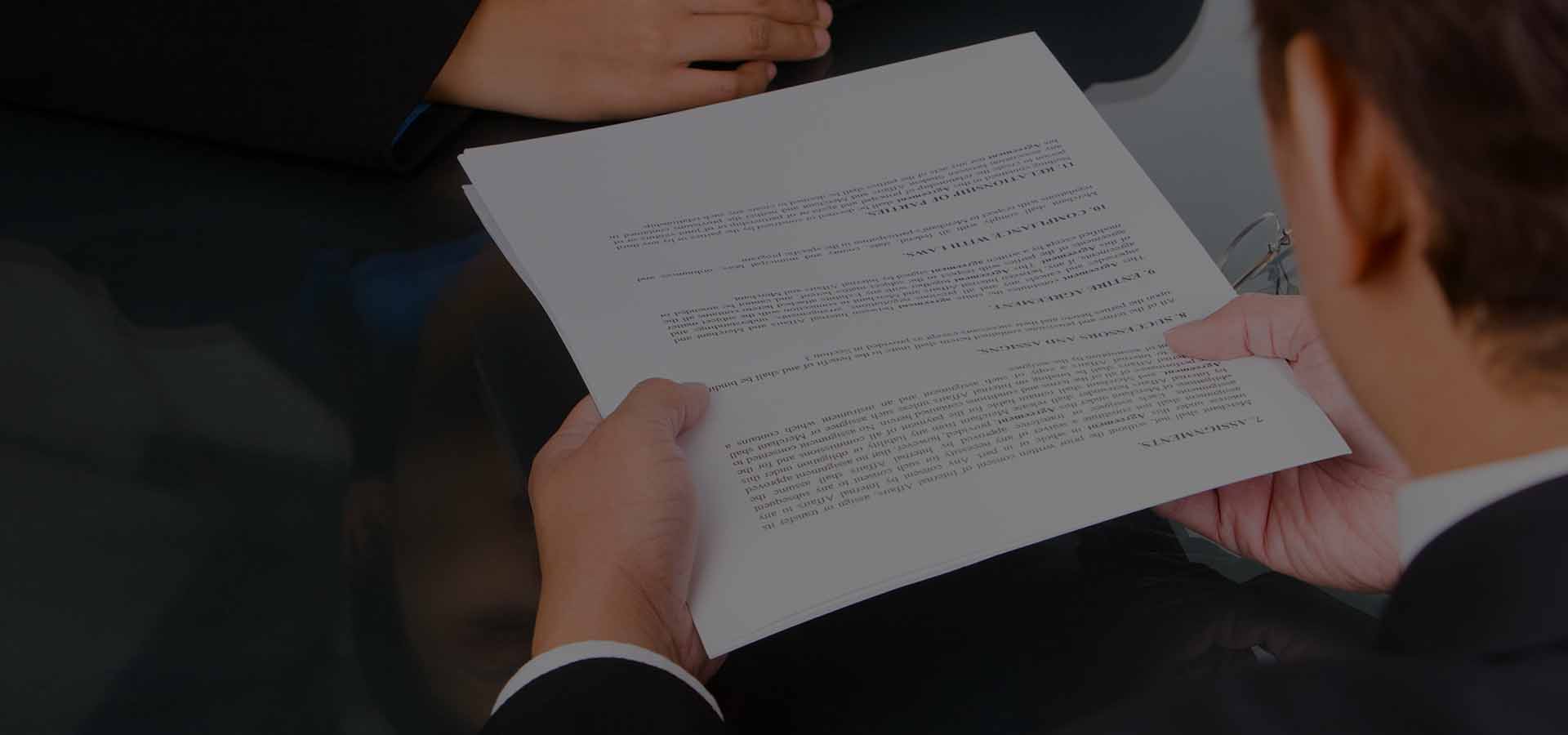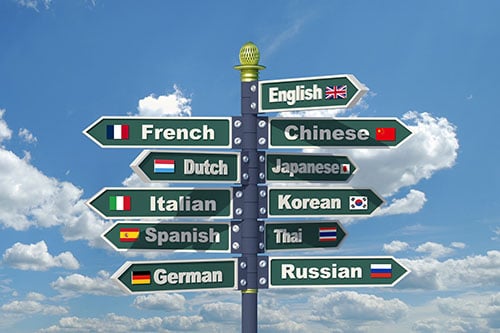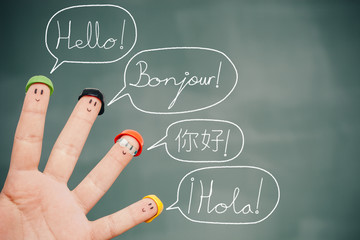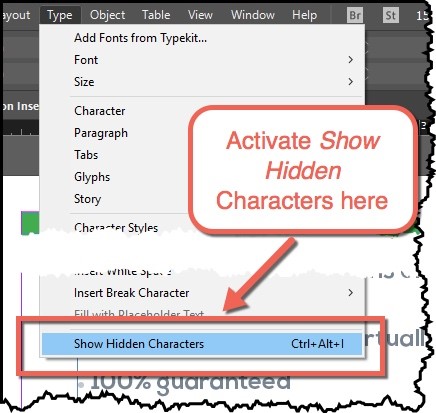Most translation projects will result in a document that is longer than the English (source) document. Text expansion (or possibly contraction) should be planned for during the creation of the source, as it will most likely impact the layout differently in each language.
While actual expansion and contraction percentages will vary based on the language, content area, and translator’s writing style, below are some general ranges that will help you plan the layout of a document to be translated.
-
- Many languages translated from English, including Spanish, French, Italian, Portuguese, Polish, Arabic, and Hebrew, will result in text expansion of 15 to 30%.
-
- A few languages such as Dutch and German may expand by 35% or even higher.
-
- Chinese, Japanese and Korean will generally contract, although the percentages vary widely from -10% to -55%. Even still, there may be character expansion (increased space between characters or as a result of complex character styles). This means that the horizontal space required to fit the translated characters could remain the same or even expand over the source.
-
- There could also be a vertical expansion (an increase in character height) in certain languages, so spacing between lines of text may need to be greater than in the original document.
Other Considerations:
-
- Be careful when abbreviating text to fit into small spaces, since it might not be possible to replicate such abbreviations in other languages, and the translations may need to be written out in full length. In many languages, it is not common to abbreviate text, and forced abbreviations could result in loss of meaning.
-
- Sometimes very short source text, such as FAQ results in higher than expected expansion (Preguntas frecuentes in Spanish). This could pose a challenge for space-restricted areas (i.e. tabs or buttons on a website).
-
- The use of long compound nouns creates single words that replace a sequence of smaller words in the source, sometimes resulting in awkward text wrapping. Where the English might easily wrap to two lines, German, Finnish, and Dutch may contain longer words that pose a challenge for automatic text wrapping.
Try to design your document with as much flexibility as possible to allow for text re-flow, and whenever possible, avoid small, fixed-width headers, tabs, buttons, graphics, etc. This will not only keep your desktop publishing costs down but will also avoid awkward translations, will simplify the Q&A process, and will ultimately reduce project turnaround.






Comments